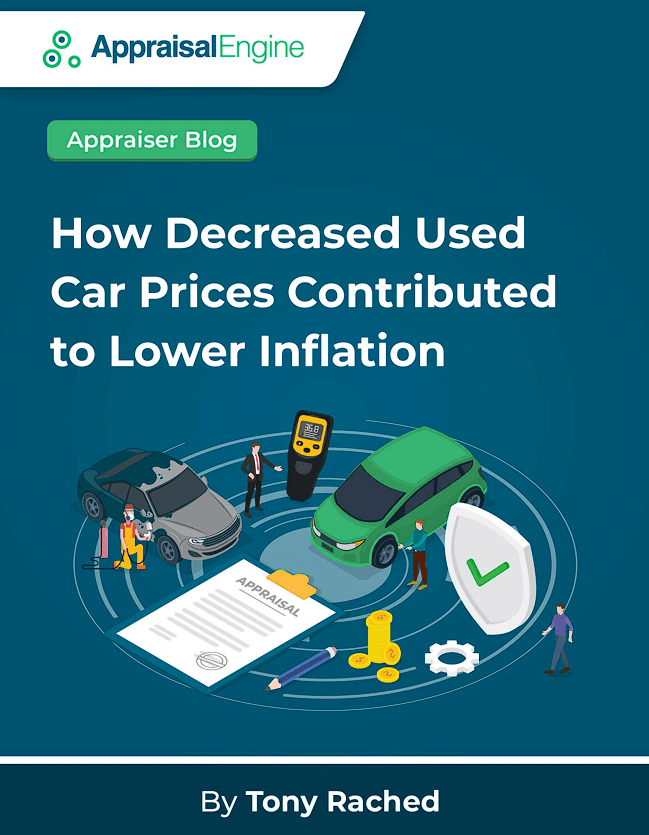How Decreased Used Car Prices Contributed to Lower Inflation (PDF)

Over the past two years, the United States has grappled with the persistent concern of inflation, a phenomenon characterized by the gradual increase in prices of goods and services. However, recent data brings a ray of hope as inflation rates have shown a decline, with June marking the lowest level witnessed in over two years. In this article, we embark on a detailed exploration of the pivotal factors driving this decline, with a specific emphasis on the alleviation of prices in the used car and gasoline sectors. Join us as we unravel the intricate dynamics of this economic shift and delve into its implications for American households.
1. Used Car Prices: A Welcome Plunge
After experiencing significant spikes for two consecutive months, used car prices took a welcome dive, decreasing by 0.5% from May to June. Several factors contributed to this decline, including rising interest rates and substantial discounts on new cars. As a result, the demand for used vehicles has waned, causing prices to drop at auctions where dealers typically trade in pre-owned vehicles. Furthermore, the replenishment of inventory on used-car lots, depleted during the pandemic-induced shutdowns and supply shortages, has further affected pricing.
2. Electric Vehicles (EVs) Experience Substantial Price Drops
Among used cars, electric vehicles have witnessed a significant decline in prices. Recent studies indicate a staggering 29.5% drop, further accelerating the already substantial decreases observed in May (28.9%) and April (24%). The introduction of price cuts on new Tesla models has had a particularly profound impact on the used EV market.
3. Gasoline Prices: A Breather for Consumers
Amidst a sigh of relief, consumers across the United States are witnessing a retreat in gasoline prices, averaging around $3.50 per gallon. This substantial decrease from the previous year’s peak of $5 has played a crucial role in alleviating overall inflation rates. The impact of lower prices at the pump has brought respite to households, effectively easing the financial strain caused by inflationary pressures.
4. Impact of Supply Chain Recovery and Increased Car Production
The automotive industry has also contributed to the easing of inflationary pressures. As supply chain disruptions caused by the pandemic have resolved, automakers have ramped up production, resulting in greater availability of new cars. With increased supply, new car prices have started to stabilize, further alleviating inflation concerns.
5. Varied Implications: Rising Auto Insurance and Service Costs
While the overall trend suggests a decline in inflation, it is essential to note that not all sectors reflect this pattern. Auto insurance costs, for instance, have risen by an average of 17% over the past year. Additionally, service costs related to restaurant meals, child care, and dental services continue to rise rapidly, posing ongoing challenges for consumers.
Sustainable Inflation Relief and Consumer Stability
The recent decline in U.S. inflation, marked by a 3% rate in June compared to the previous year, presents a promising outlook for American households. Factors such as falling used car prices, reduced gasoline costs, and increased car production has played a significant role in easing inflationary pressures. While challenges persist in certain sectors, the overall trend suggests that inflation may continue to cool in the coming months. As a result, the Federal Reserve’s plans for rate hikes may be reconsidered, providing some relief for the economy. By staying informed and monitoring these economic shifts, consumers can make better financial decisions and navigate this evolving landscape with confidence.





